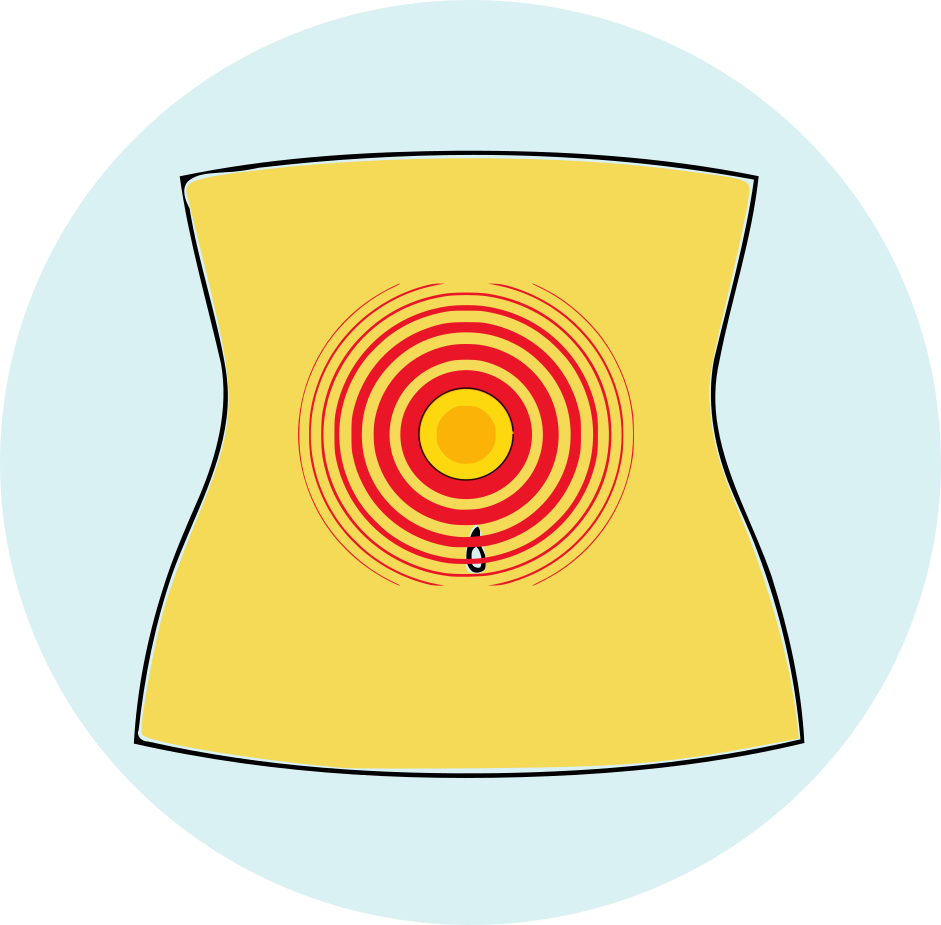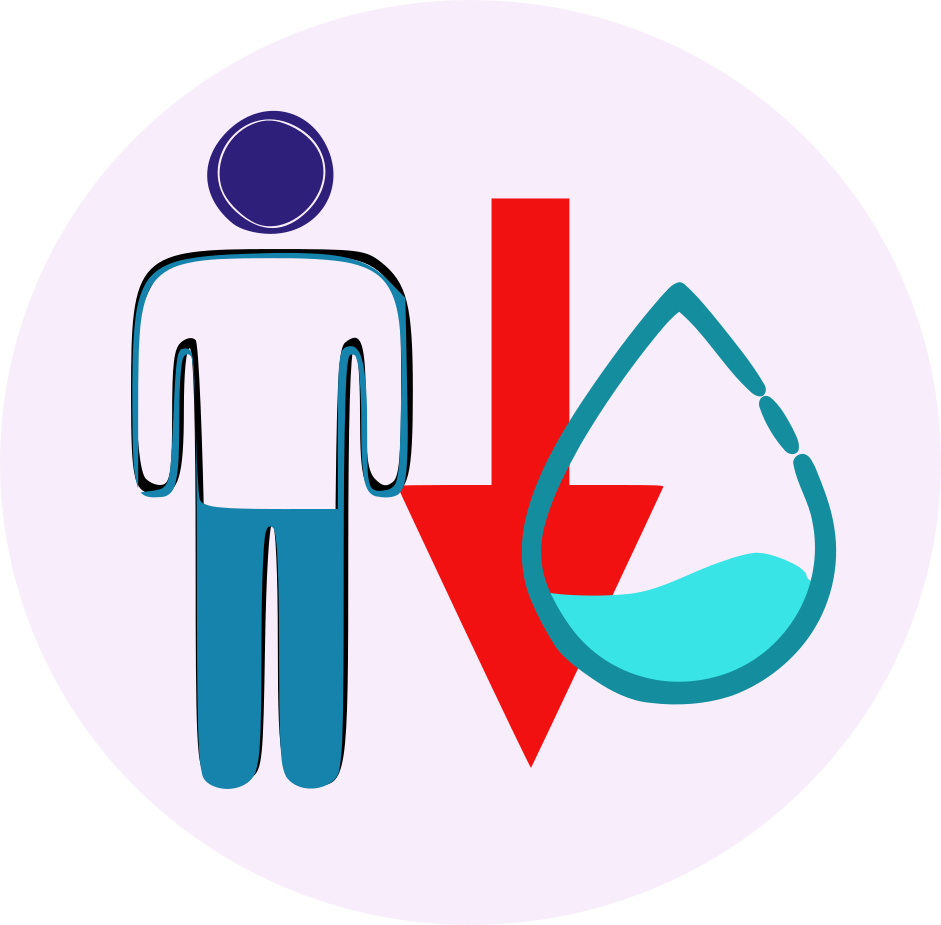| Name | Sennosides |
| Classes |
Gastrointestinal Agent Gastrointestinal Stimulant |
| Diseases |
Constipation Gastrointestinal Disease |
Sennosides
Sennosides belong to the class of drugs known as stimulant laxatives. The mechanism of action involves stimulation of colonic peristalsis and increased fluid secretion in the bowel. Sennosides are derived from plants and act on the intestinal mucosa to promote bowel movements.
Sennosides are indicated for the treatment of constipation. They are commonly used to provide short-term relief and prevent complications associated with prolonged constipation, such as fecal impaction.
Dosage recommendations may vary based on the specific product and formulation. The following is a general guideline.
-
Adults:
- The usual oral dosage is 8.6 mg to 60 mg once daily, preferably at bedtime.
- The dosage may be adjusted based on individual response and the severity of constipation.
-
Children (6 to 12 years):
- The recommended oral dosage is typically lower, ranging from 4.3 mg to 30 mg once daily at bedtime.
-
Children (2 to 6 years):
- Lower dosages, often in the range of 2.1 mg to 15 mg, may be appropriate for this age group.
Adverse reactions are listed from most common to least common:
- Abdominal cramps
- Diarrhea
- Nausea
- Dehydration (in severe cases or with prolonged use)
- Dehydration: Sennosides can lead to fluid loss, and patients should be advised to maintain adequate hydration during treatment.
- Abdominal Pain: Persistent or severe abdominal pain may indicate a more serious condition, and medical attention should be sought.
- Prolonged Use: Prolonged use of stimulant laxatives, including sennosides, should be avoided without medical supervision.
Contraindication
Sennosides are contraindicated in Patients with a known hypersensitivity to sennosides or any components of the formulation.
None known.
Sennosides are contraindicated in Patients with intestinal obstruction, fecal impaction, or other conditions that may be exacerbated by increased gastrointestinal motility.
 Bangla
Bangla English
English




